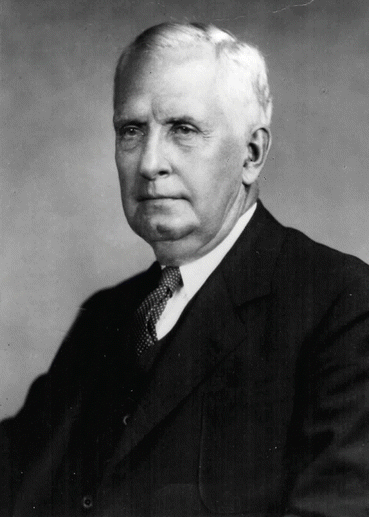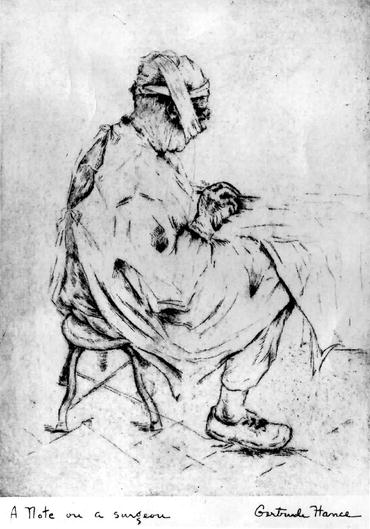(1)
Department of Plastic Surgery, University Hospital Leiden, Leiden, The Netherlands


When two European plastic surgery residents were asked who they thought was the greatest American plastic surgeon, they confessed that they had never heard of Vilray Blair. Mention of the Blair knife soon rectified this temporary lapse of memory, but such a story emphasises how our working span and any fame that may accompany it is so short-lived.
Blair died 8 years after retiring from active practice and was something of an exception in his field, for he spent 54 years of his life working as a doctor, the last 30 of which were devoted almost exclusively to plastic surgery. These three decades were perhaps the most formative in modern plastic surgery for not only did they embrace two world wars but they also saw the establishment of the British and American Associations of Plastic Surgery several years after Czechoslovakia had shown the way in this field.
Six generations after his Irish ancestor, Robert Blair, had settled in America, Vilray Papin Blair was born in St. Louis, Missouri. The name of Papin came from his mother’s side for she was a descendant of an immigrant family which had come to New Orleans from France. Blair’s maternal grandfather, Dr. Timothy Papin, was a distinguished gynaecologist who had studied in Paris and on one occasion acted as interpreter for Sir James Simpson when he introduced chloroform anaesthesia to the continent.
At the time of Blair’s childhood, the population of America was less than 65 million and he wrote that his school was largely surrounded by open countryside. He and his chums rode to school on horseback and often went hunting on their way home. He grew up in St. Louis, beside the muddy Mississippi, and obtained his B.A. at Christian Brothers College. In 1890, he embarked on the study of medicine at St. Louis Medical College where he claimed Gray’s Anatomy was the only textbook he possessed.
After 1 year at medical school, he went out west to erect telephone wires in the Colorado Rockies and, upon his return to St. Louis, toyed with the idea of studying electrical engineering in place of medicine, but his father persuaded him to finish his degree which he did in 1893. It can be seen that medical schooling could be completed with dispatch in those days. A period of 2-year internship at the Mullanphy Hospital in St. Louis was then succeeded by a post as instructor in practical anatomy at Washington University also in St. Louis.
For the next 18 years, Blair taught anatomy and surgery at Washington University where he introduced the use of modelling clay for the study of anatomy, which in 1906 led to the publication of his first book A Textbook for the Modelling of Human Bones in Clay. This thorough grounding and interest in anatomy undoubtedly contributed to his surgical skill, as well as his inventive reconstructive finesse. It will perhaps be remembered that many fine surgeons during the nineteenth century devoted some hours each day to dissecting the cadaver; Sir Astley Cooper, for example, rose at six each morning and dissected till eight when he ate a simple breakfast and then proceeded to the hospital. He even had a dissecting room built in his summer home, for to him, a day without dissecting was anathema. Blair’s interest in anatomy, however, was less passionate.
In his 20s, Blair’s heart was not altogether devoted to the practice or at least the conventional practice of medicine. From 1894 he spent about 5 years associated in practice with Dr. Tupper, at the end of which he gave up his association and decided to go to sea. Now he ‘found out that life was really worth living’. Many will subscribe to the sentiments of Dr. Johnson who considered a ship in most respects to be far less agreeable than that of a prison. However, Blair was only enticed back home by the entreaties of his family.
Stay updated, free articles. Join our Telegram channel

Full access? Get Clinical Tree








